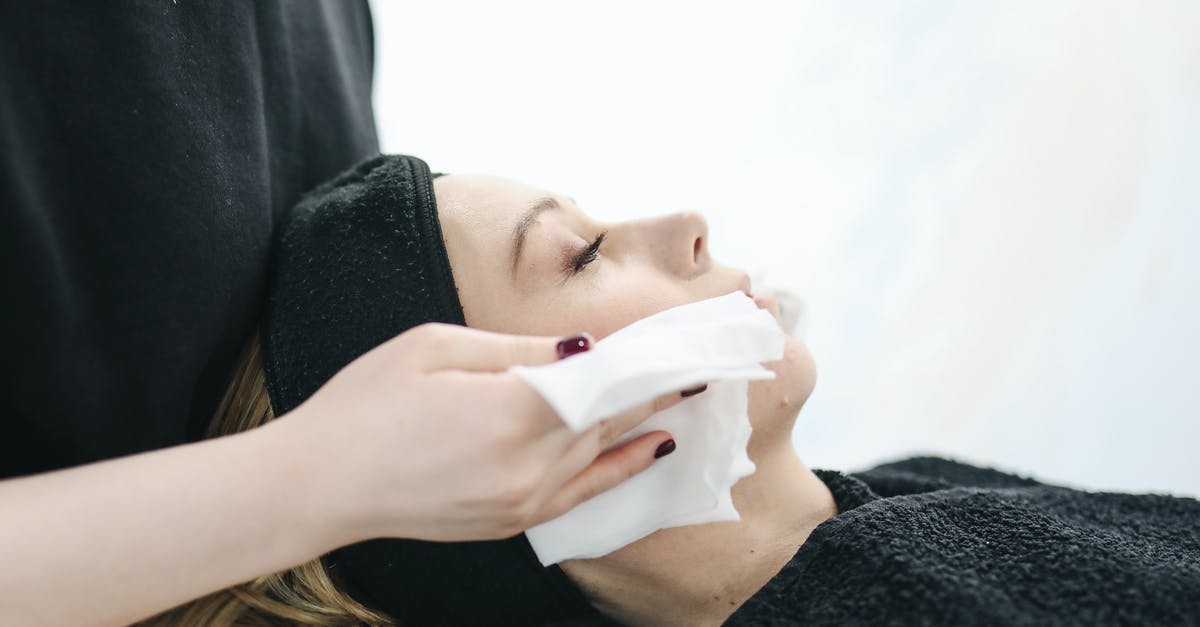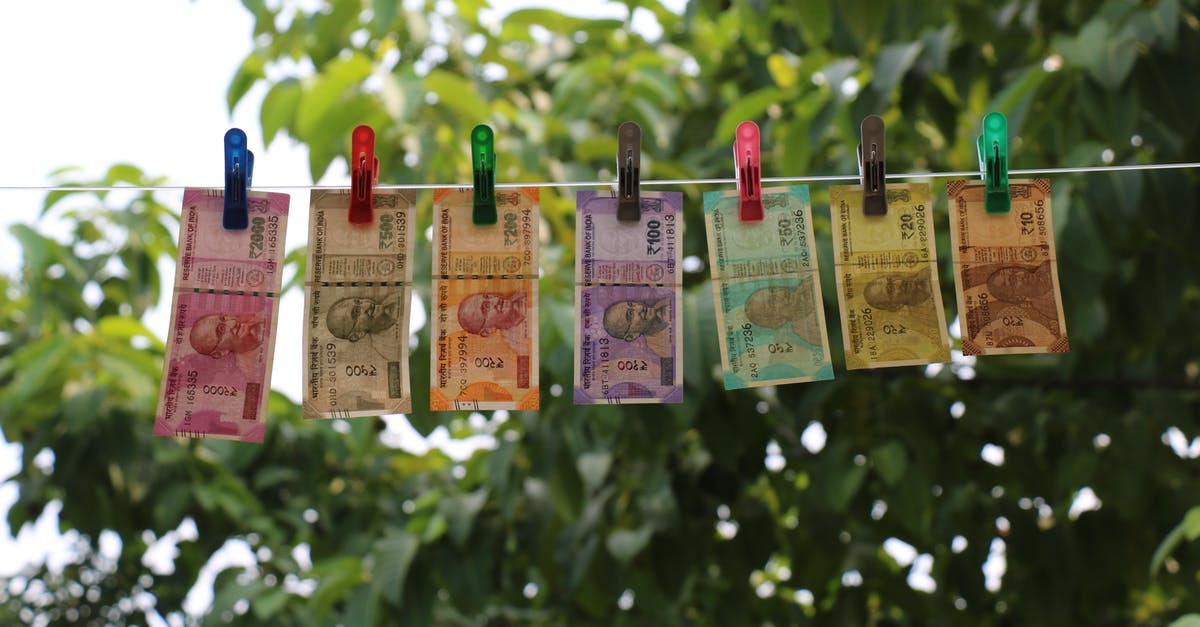Graphene oxide drying

Suppose you have a food that is naturally liquidy, such as curry. You like the flavor but need it less "wet". The problem with drying it is that the aromas also get lost to an extent. However, graphene oxide is selectively permeable to water. Is it practical to dry your fruit, sauce, or other foodstuff in a container covered by a sheet of graphene oxide, letting the water out but keeping the aromas in?
Best Answer
On first glance, this doesn't sound too promising to me.
First, let's assume that the graphene oxide really only leaves pure water through and nothing else (acting like a filtering membrane). Then, you would end up with the water outside the box - and the flavor compounds in the box, but not within the food where you want them! When you open the box to eat your food, they will dissipate too, together with the air from the box.
Second, I am not sure how likely this "perfect filtration" is. I am not a physicist and might have misunderstood the paper you linked, but I was unable to find a place where it compares the passing of pure water through graphene as opposed to passing a water mixture or a water solution. In fact, it appears to be a theoretical work that models the way water passes through graphene only. So I have no idea of the context of the statement "selectively permeable to water" - maybe it doesn't select as strongly as you hope.
Third, how do you propose to dry the food when it is snugly packed in a GO bag? The standard process of drying food makes use of the concentration gradient of moisture between the food and the surrounding air. Now that there is no surrounding air anymore, you will have to somehow actively transport the water out of it through the GO, and that will be difficult, even if you apply some force. And since the GO channels are so small, this will be extremely difficult. For comparison, try putting something in a physical filter with holes too small for it to freely pass through. For example, cook some crème anglaise and try passing it through a coffee filter. Gravity won't be sufficient for it to pass, but even if you try exerting pressure, you will destroy the filter before it goes through.
And fourth, even if the two first points are somehow solved I don't think you will be able to keep the food as tasty as it was. When you bite into fresh fruit, you enjoy the spilling of flavor-carrying cytoplasm onto your tongue (and I am oversimplifying here by ignoring the effect o,f texture on pleasure). If you have a "dry collection" of flavor-carrying molecules somewhere inside the food, you won't necessarily get the same experience when they land in your mouth, if they are not bound to a fluid the way they were bound originally. Add to that the chemical changes which will happen as a result of the drying process itself, and you will get a very different outcome than that of a fresh fruit.
In the end, this doesn't sound completely impossible, but it seems that the complexity of implementation will be huge (certainly not "a container covered by a sheet of GO"), and the resulting improvement might turn out to be very slight. We will have to wait and see if somebody develops an application for it. And frankly, I hope that food producers would instead invest their money in growing food that has enough aroma in the first place.
Pictures about "Graphene oxide drying"



Quick Answer about "Graphene oxide drying"
You can try freeze-drying method to get dry graphene oxide powder. You can filter gel type GO from aqueous GO solution through standard filter paper. Then you remove the gel type GO from filter paper and let it dry in air or warm it in furnace at 40 oC. Finally you get hard GO flakes.How do you dry graphene oxide solution?
you graphene oxide solution was in aqueous medium filter it,and the filtrate should be dried in hot air oven at 100 C. Yes, 70 degree for 24 h would affect the structure, intercalated water contents and d spacing. I highly recommend using 60 C for 24 or more in vacuum oven.What happens when you heat graphene oxide?
High temperature will cause that the graphene to react with air (oxygen) and decompose.Can you remove graphene oxide from water?
Floc-flotation can remove up to 98% of the GO nanoparticles from water. Floc-flotation can result in a much less environmental concern for GO in natural water bodies.Does graphene oxide dissolve?
\u201cNow we know that graphene oxide films are indeed soluble in water. It's just a matter of sample purity.\u201d Other multivalent metal ions, such as manganese, which is a byproduct from the synthesis of GO, can also crosslink the sheets.Making Graphene from graphite | Synthesis of Reduced Graphene Oxide | Purification step by step
More answers regarding graphene oxide drying
Answer 2
Great idea. GO can be engineered with many custom properties. I think for your application (getting excess water out of a curry) it would be better to remove liquid water using pressure, rather than letting water vaporize. This is the process used in reverse osmosis (RO) water desalinators.
Conventional RO uses very high pressure to force water through membranes. The same process is potentially much more efficient with GO. from Wikipedia:
In 2013 Lockheed Martin announced their Perforene graphene filter. Lockheed claims the filter reduces the energy costs of reverse osmosis desalination by 99%. Lockheed claimed that the filter was 500 times thinner than the best filter then on the market, one thousand times stronger and requires 1% of the pressure.
It would be like a molecular-sized version of separating curds from whey. If the membrane can retain salts, it would certainly retain larger flavor molecules.
GO is potentially much more efficient than freeze-drying. And RO can use much less energy than vaporizing water.
Sources: Stack Exchange - This article follows the attribution requirements of Stack Exchange and is licensed under CC BY-SA 3.0.
Images: Polina Tankilevitch, Ксения Маркова, cottonbro, Disha Sheta
